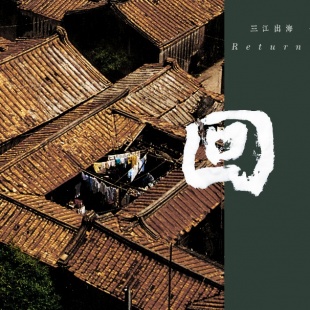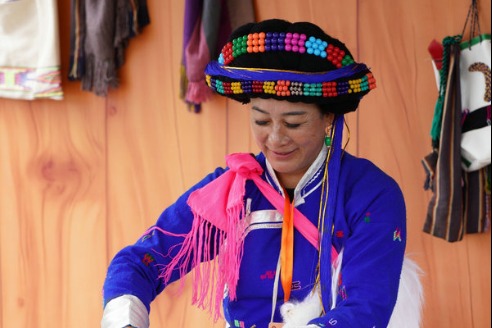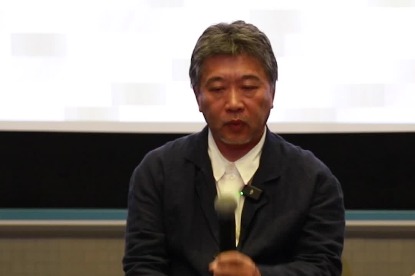Gong Linna releases new song in Chaozhou dialect

Chinese singer Gong Linna released her new song, titled Return Home, which portrays the overseas Chinese people's longing for their homeland.
Performed in Chaozhou dialect, which is one of the oldest dialects in China, the song is part of Gong's music project, which has the singer perform songs in different Chinese dialects.
"It is very challenging to sing in Chaozhou dialect, which is a new language to me, and thanks to the songwriter Danny Sim and the song's producer Wesley Tan, who speak the dialect, I received intensive training and practiced very hard," says Gong. "The beauty of dialects lies in telling stories of different places. It's like a musical map, allowing me to explore different places through dialects."
Gong adds that the song was released right before Spring Festival, a significant festival when people return to their hometowns and reunite with families.
The song was inspired by qiaopi, a unique form of mail that served as both a letter and a remittance sent by overseas Chinese people to their families in provinces of Guangdong and Fujian in the 19th and 20th centuries. At that time, many of those emigrants, particularly from Guangdong and Fujian, sent money back home to support their families, as well as communicating with their beloved ones and expressing their longing to be reunited.
"Dialects are a source of knowledge, traditions and the country's cultural heritage. When I listen to a song performed in a dialect, I feel the local culture instantly even though I never go there and know nothing about the place," says Sim, who wrote lyrics for the song, adding that there are a growing number of musicians in China performing in dialects, which allow listeners to get an emotional touch.
"Chaozhou dialect links people from the region; however, like many languages, it's dying. Many young people, especially children, rarely speak the dialect, which is a sad thing," says Sim, explaining why he is keen on writing songs by using the dialect. "I love my hometown and by writing songs in the dialect, I feel close to my home."
"The song delivers the deep love of overseas Chinese for their hometowns. Before recording the song, I made some phone calls with Gong, telling her about my own childhood stories when I saw my grandmother sending letters to her families from Malaysia," says Tan.
Sim also invited director Dennis Do, who was born and raised in Paris, to make the music video for the song. Do, whose parents came from Shantou, has made an animation film, which portrays a family over six generations in Shantou, from the 19th century to the present.





































